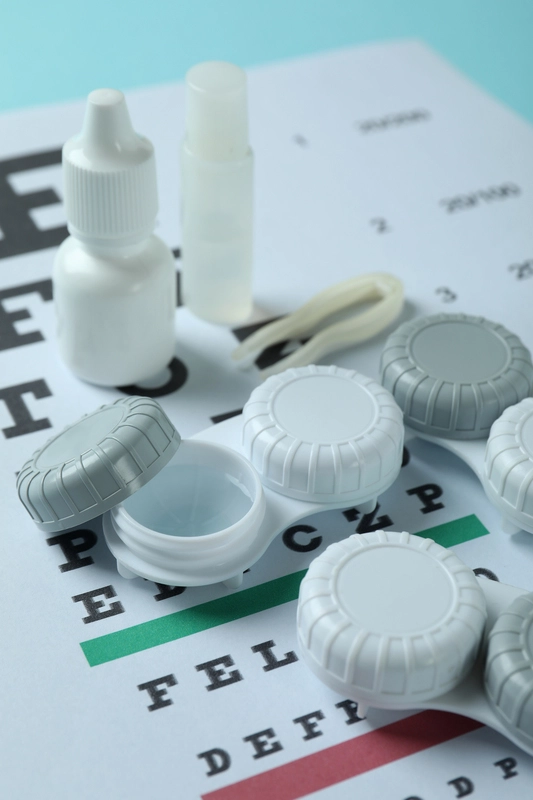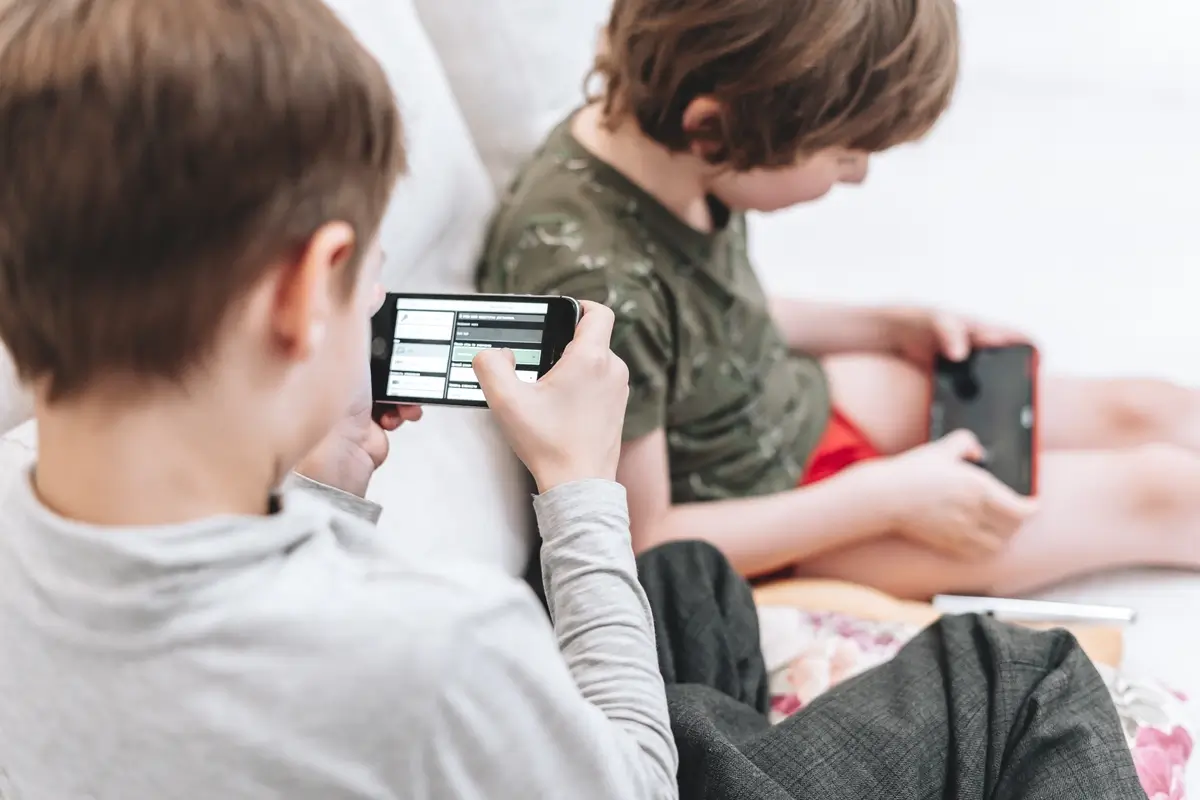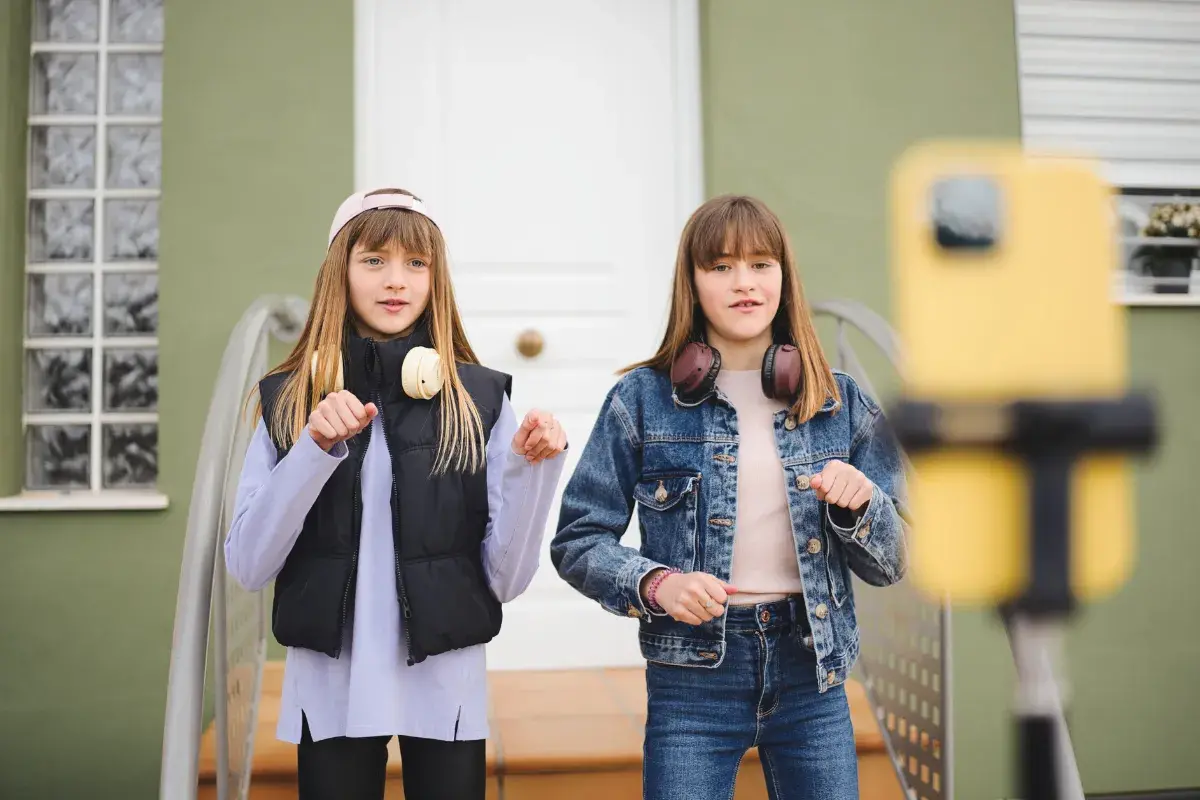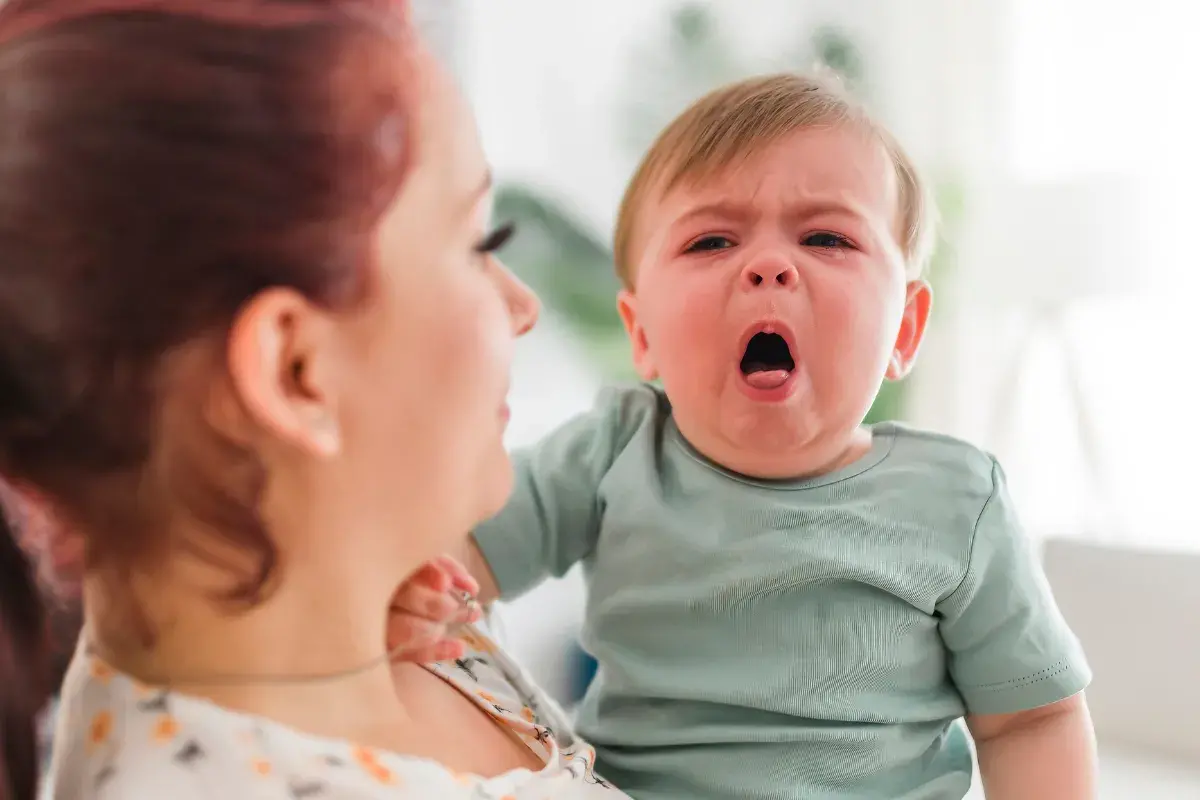Mobile devices have become integral parts of our daily lives, and children are no exception. With games, videos, and educational apps keeping them engaged, these tools offer many benefits. However, excessive use of these devices may pose risks to their visual health.
This article explores the case of a child who experienced partial vision loss due to excessive cell phone use. While there is no definitive scientific evidence linking moderate device use to permanent damage, experts like Dr. Denise Núñez caution against overuse and highlight the potential consequences.
The goal of this article is to inform parents and caregivers about the potential risks of excessive screen time, offer medical insights, and provide preventive measures to protect your child’s vision.
The Impact of Excessive Screen Time on Children
What happens when a child uses a cell phone too much?
While screens are not the sole factor affecting visual health, excessive use can lead to a range of eye-related issues in children. According to the World Health Organization (WHO), approximately 19 million children globally experience visual impairments, with many cases linked to refractive errors like myopia.
Here are some of the most common consequences of excessive screen time:
Digital Eye Strain
Prolonged screen use can cause symptoms such as blurred vision, dry eyes, and headaches. This occurs because children tend to blink less when focused on screens, reducing natural lubrication for their eyes.
Increasing Myopia
Constant close-range exposure to screens may contribute to the development of myopia, a refractive error that makes it difficult to see distant objects clearly. The rise of myopia worldwide is linked to increased indoor time and device use.
Sleep Disruptions
The blue light emitted from screens can interfere with melatonin production, the hormone responsible for promoting restful sleep. This disruption can lead to insomnia, alter circadian rhythms, and impact a child’s development.
Impaired Visual Development
Excessive screen time can hinder key skills such as hand-eye coordination and the ability to focus, both of which are critical for learning and healthy exploration.
Real Case Example
Dr. Denise Núñez, a board-certified pediatrician and expert in pediatric critical care, shares an alarming case:
“A child came to the clinic with partial vision loss after months of uninterrupted cell phone use for long hours daily. The parents were unaware of the impact this would have on their child’s visual and overall health.”
This case highlights the critical need to limit screen time and establish healthy routines for children to protect their visual and overall well-being.
Prevention: How to Protect Children’s Visual Health
Protecting your child’s vision is simple with the right habits. Here are key recommendations to maintain eye health:
Limit Screen Time
The American Academy of Pediatrics recommends that children under 2 years old should avoid screens, and children over this age should have no more than 2 hours of recreational screen time per day.Apply the 20-20-20 Rule
Encourage your child to take a 20-second break every 20 minutes and look at an object 20 feet (about 6 meters) away. This simple exercise helps relax the eye muscles and reduces digital eye strain.Encourage Outdoor Activities
Spending time outdoors not only benefits visual health but also reduces the risk of developing myopia. Natural light is crucial for proper eye development.Adjust Lighting and Distance
Ensure that screens are well-lit and not overly bright. Keep the device at least 16 inches (40 cm) away from the child’s eyes to minimize strain.Promote Healthy Sleep Habits
Avoid device use at least an hour before bedtime to prevent disruptions in sleep and maintain healthy circadian rhythms.Schedule Regular Eye Exams
Even if there are no visible symptoms, regular eye exams with an ophthalmologist are crucial to detect potential issues early.

Treatments and Practical Solutions
If eye discomfort is already present, here are some helpful solutions:
- Artificial Tears: Help relieve dryness caused by extended screen use.
- Eyeglasses or Contact Lenses: Prescribed to correct refractive errors like myopia.
- Screen Time Management Apps: These apps can limit device access after a set period, helping to manage excessive screen use.
Dr. Denise Nuñez emphasizes: “Visual problems in children are largely preventable. The most important factor is early education for parents and constant monitoring of their children’s habits.”
Remember…
Technology is a valuable tool, but it should not replace quality time, outdoor activities, and healthy routines. Let’s not forget that, as parents, we are the primary guardians of our children’s health.
If you found this blog helpful or informative, we invite you to share it with other parents or caregivers who could benefit from this information. Leave a comment to let us know which topics you’d like us to explore in the future.
If you want to receive more tips to prevent and detect early respiratory infections in your children, follow me on my social networks! You can find me on Instagram, Facebook, Twitter and LinkedIn. Let’s work together to guarantee our little ones a healthy life, with habits that boost their well-being to the maximum.






